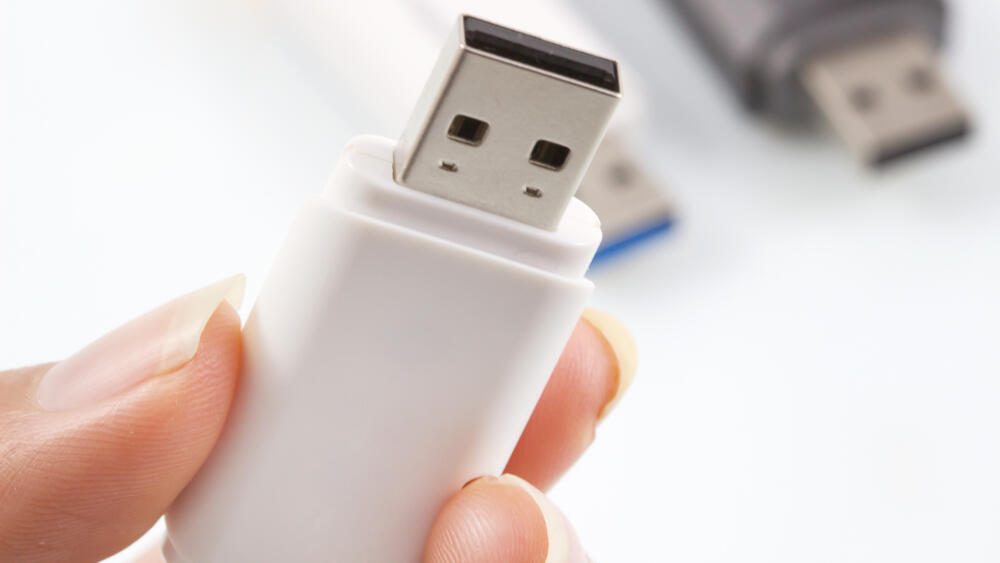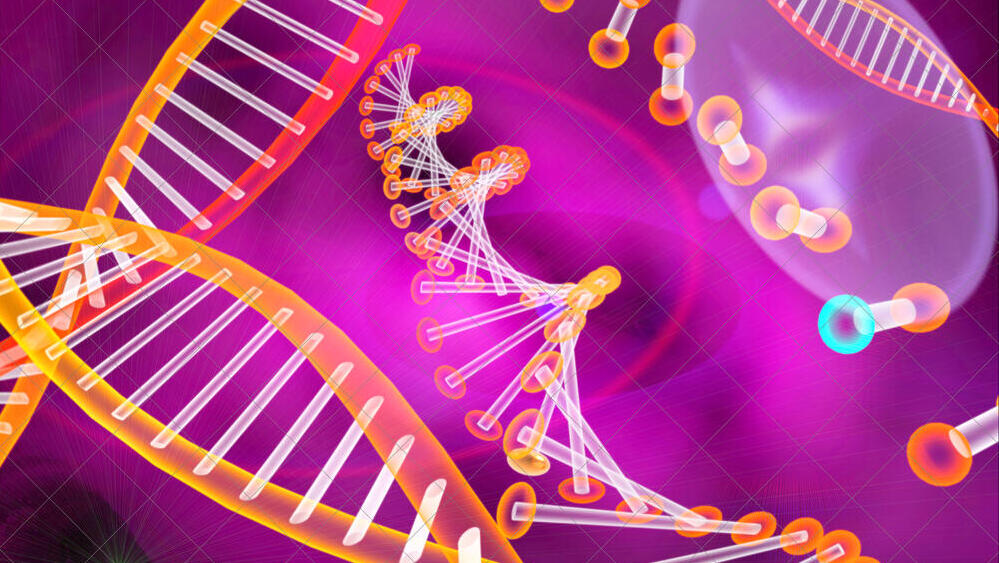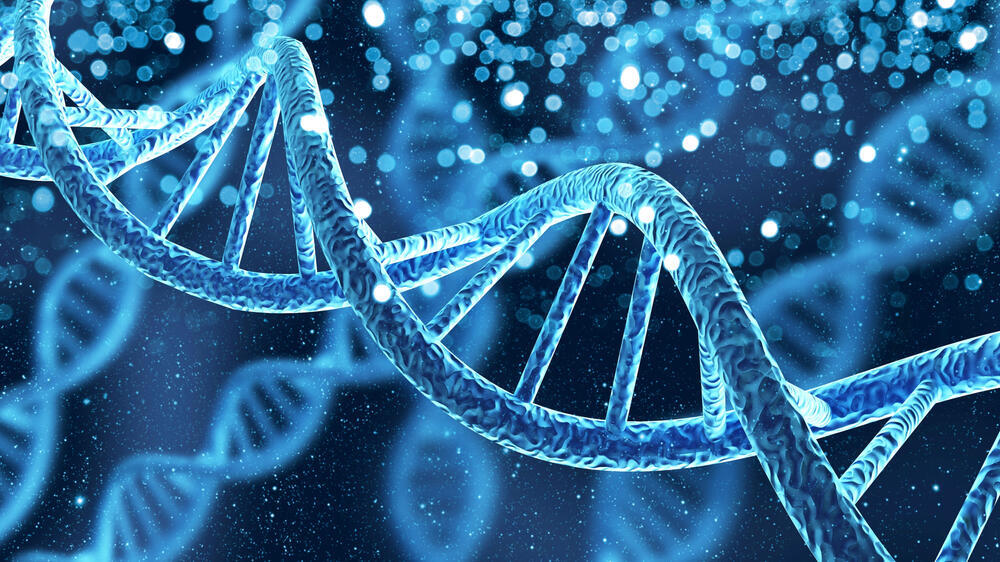Getting your Trinity Audio player ready...
Memory storage allows us to preserve information on an external medium so that it remains accessible for future retrieval and use. Humans have been hoarding memories since the dawn of history, if not earlier, staring from engravings in stone and clay, through hand-written books and scrolls and archives full of printed information, to shaky, blurry videos from events or performances that we are unlikely to ever watch again.
More stories:
Every act of memory preservation is based on the possibility of re-reading and re-interpreting the information again in the future. However, similar to paper that fades and clay that crumbles, the devices that store digital memories also have a lifespan. The hardware that preserves a digital memory is not eternal, and our ability to read the information from it is time-limited.
Digital memory is usually saved in binary form, meaning the stored information is displayed as a collection of zeros and ones. During the information saving process, the content is converted into a language with only two letters, known as bits - 0 and 1 - and before reading the information the binary content is converted back into the appropriate format: images, texts, and so on. For information to be stored digitally, the storage device must possess two distinct, stable states that represent the binary values of these zeros and ones.
Every (hard)ware has its risks
The familiar save icon in Office programs is a depiction of a floppy disk (diskette), a storage device that operates on magnetic principles. Magnetic materials have directionality, which is determined by the orientation of their poles. The magnetic material in the floppy disk consists of small regions, each being a magnetic unit.
The magneticity of each unit can take one of two possible directions; one direction represents 0 and the other represents 1. Writing information in such a format involves activation of a magnetic field that aligns the magnetic directionality of the unit to represent either 0 or 1.
Floppy disks, which were a popular means of storage in the 1980s and 1990s, can stably store information for years, even decades, provided the material is of high quality and stored in suitable environmental conditions. However more challenging environmental conditions, such as high temperatures or humidity, can disrupt the stored information.
Heat can change the magnetic direction, causing the original data to be lost: when we return to read the contents of the floppy disk and encounter a unit in which the symbol has changed, or does not correspond to 0 or 1, we will retrieve incorrect content and corrupted information.
CD’s, sometimes referred to as ‘disks’ are based on optic technology. When information is stored on them, small indentations on the surface represent the bits 0 and 1. Reading is done using a laser beam, which passes over the CD and is reflected at one angle if it hits an indentation, and at another if it hits the flat surface.
The difference in the laser's reading of the indentation versus the surface allows for the distinction between 0 and 1. However, CDs are not immune to damage: aside from physical scratches that can disrupt the reading areas, the materials coating the disk may undergo various chemical changes, destroying the CD and rendering the information unreadable.
In a flash memory (such as a USB drive) transistors are used to represent the zeros and the ones. A transistor that conducts an electric current represents 1, and a non-conducting transistor represents 0.
However, as we could guess at this point in the article, maintaining the conductive or non-conductive state over time is not certain. Factors such as heat and wear from repeated usage, can affect a transistor’s conductive state, causing the unit to lose the original value stored in it.
Any physical medium used for data storage is inevitably subject to failure and deterioration due to wear and tear, depending on its use, storage conditions, and the time that has elapsed since the information was saved.
This process is known as “memory decay” or “data rot”. It is recommended to backup important information every few years, and copy it again and again onto newer memory devices.
Even the information stored on “cloud” servers, which are physically located on remote servers, is not immune to these risks. Cloud service providers routinely maintain and back up these servers, but absolute data integrity cannot be guaranteed, Even the service providers themselves promise durability, but they make sure to qualify their statements with phrases such as “the product is designed to provide 99.999999999% data durability of objects in a given year” regarding the information stored with them.
Memory is in our genes
In recent years scientists have managed to successfully interpret information that was preserved for about 5,000 years, 50,000 years, and even from several hundreds of thousands years ago.
This long-term preservation of information has been possible due to its unique storage medium: DNA molecules. Remains of humans and animals, found in recent decades well-preserved in ice, allow researchers to delve into the past by analyzing their DNA.
Physicist Richard Feynman proposed the idea of using DNA molecules to store information in a talk he gave in the late 1950s. Indeed, today DNA stands at the heart of many modern studies on innovative memory devices. The DNA molecule is composed of four building blocks, or bases, marked with the letters A, G, C and T.
The genetic material in DNA, the “text” of the genome, consists of words built from these four letters. Similar to information stored in binary code, with only the letters 0 and 1, in DNA the genetic information is stored in just these four letters. Feynman pointed out another unique feature of DNA: the ability to store vast amounts of information in a tiny area. Human DNA contains billions of bases within just a few micrometers.
In 1988, artist Joe Davis, in collaboration with Harvard Medical School, encoded a simple image in the form of a DNA sequence. Since then, progress has been made, and in 2012 researchers from Harvard University managed to use DNA to encode a book about 50,000 words long. In the years that have passed since then DNA was used to save one of the first films ever made, music albums, and all the content of Wikipedia.
A long, but promising journey
The path to practical use of DNA as a means of storage is still a long one. Processes such as reading, writing, and error correction in DNA need to be stable in terms of reliability, time and cost-effectiveness. Fortunately, DNA technologies are constantly advancing independently for biological studies.
For example, producing copies of the same segment of DNA using Polymerase Chain Reaction (PCR) technology, which mirrors the process of copying memory, and sequencing,, akin to reading memory, are critical developments. However, writing DNA sequences, analogous to saving desired content, remains a major challenge.
Laboratories around the world are working vigorously to solve this challenge. Creating unique algorithms and significantly reducing the costs associated with DNA processing are essential steps toward adapting DNA for data storage.
If this idea reaches technological implementation, it could solve more problems than memory stability. While traditional storage media such as floppy disks and CD’s find themselves in obsolescence, and changing storage requirements necessitate replacement of the technology and its associated protocols every few years, DNA could serve as a universal means of storage.
Furthermore, this biodegradable molecule offers a much more sustainable solution compared to the electronic storage devices we currently rely on.






